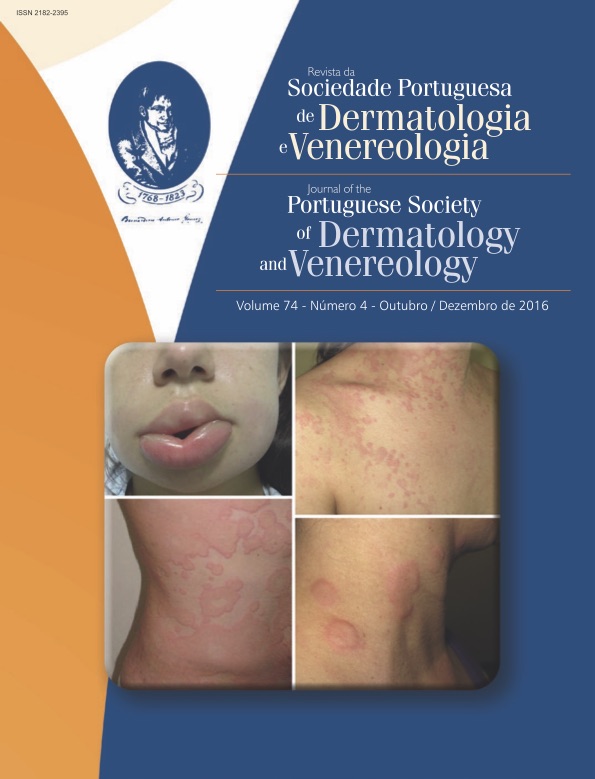Gorlin-Goltz Syndrome - Two Case Reports
Abstract
Gorlin-Goltz syndrome is a rare autosomal dominant disorder caused by mutation in the gene PTCH1 (patched homolog 1 (Drosophila)), a tumor suppressor gene. The classic triad described by Gorlin and Goltz in 1960 is composed of multiple basal cell carcinomas, odontogenic keratocysts and bifid ribs, but many other changes may be present, such as palmoplantar pits, calcification of the falx cerebri, rare tumours such as medulloblastoma, congenital malformations, macrocephaly and various skeletal changes. Diagnosis is based on clinical, radiological and presence of first-degree relative with the syndrome. We describe two cases that illustrate the need for a rigorous clinical examination, radiological investigation and multidisciplinary follow-up after clinical suspicion, because life expectancy is not usually affected, but the potential morbidity can be considerable.
Downloads
All articles in this journal are Open Access under the Creative Commons Attribution-NonCommercial 4.0 International License (CC BY-NC 4.0).








